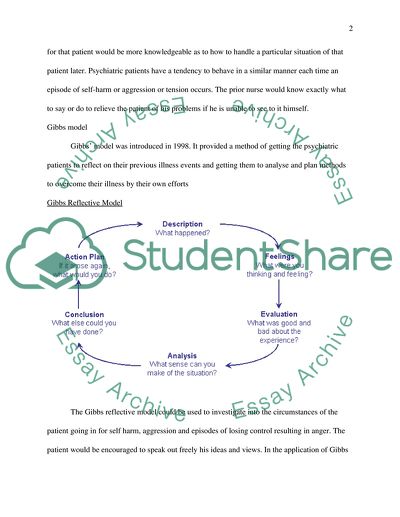Cite this document
(The Use of Gibbs Model in Studying the Factors of Tonys Episodes of Essay, n.d.)
The Use of Gibbs Model in Studying the Factors of Tonys Episodes of Essay. Retrieved from https://studentshare.org/psychology/1720689-engagement-with-client-in-crisis
The Use of Gibbs Model in Studying the Factors of Tonys Episodes of Essay. Retrieved from https://studentshare.org/psychology/1720689-engagement-with-client-in-crisis
(The Use of Gibbs Model in Studying the Factors of Tonys Episodes of Essay)
The Use of Gibbs Model in Studying the Factors of Tonys Episodes of Essay. https://studentshare.org/psychology/1720689-engagement-with-client-in-crisis.
The Use of Gibbs Model in Studying the Factors of Tonys Episodes of Essay. https://studentshare.org/psychology/1720689-engagement-with-client-in-crisis.
“The Use of Gibbs Model in Studying the Factors of Tonys Episodes of Essay”, n.d. https://studentshare.org/psychology/1720689-engagement-with-client-in-crisis.


